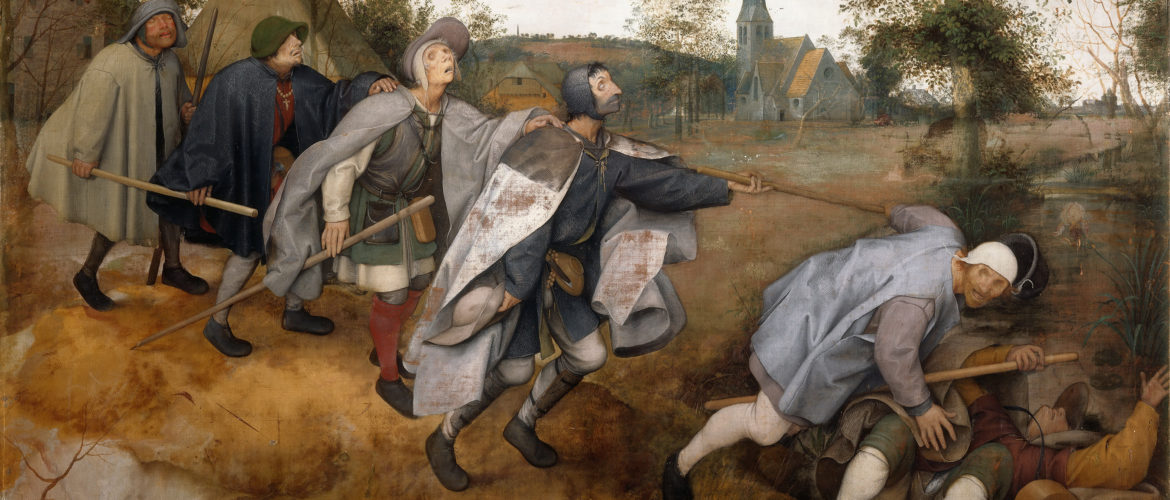Northern Renaissance Artists List: A Guide for Art Collectors

While Italy is regarded as the place of birth of the Renaissance tradition in art, Northern European artists were quick to appreciate this new method and borrow its innovations. Soon after the rise of the Renaissance, North European artists from Germany, Austria, the Netherlands, and other states began to introduce elements of the Renaissance into their works, though with significant adaptations under the influences of the Protestant Reformation. This article dwells on the main distinctive features of this artistic school and shares the Northern Renaissance artists list that every self-respecting art collector and enthusiast should know.
How Does the Northern Renaissance Differ from the Classical Tradition?
The Northern Renaissance followed many of the classical Renaissance traditions, such as a linear perspective and realistic elements. Northern Renaissance artists also widely employed oil in painting and wood. However, the objects of the Northern Renaissance included common people, animals, nature, and religious themes, unlike the Italian Renaissance’s heavy reliance on ancient Greek and Roman motifs.
The period lasted for around 150 years and ended in the 1580s, with the outbreak of the Eighty Years War that hindered artistic developments and engaged many Northern European states into decades of violence.
Who Is on the Brightest Northern Renaissance Artists List?
The first adoptees of the Renaissance were in Germany and the Netherlands. The pioneering artist in Northern Europe, who integrated the elements of the Renaissance into his paintings, was Jan van Eyck. His paintings, dated around the 1430s, already held traces of linear perspective and naturalistic observations. The first artwork by van Eyck known as an example of the Northern Renaissance was the 1432 The Ghent Altarpiece.
Van Eyck’s contemporaries who were quick to adopt his new style were Petrus Christus, Hans Memling, and Rogier van der Weyden. A notable figure of the Northern Renaissance of the late 15th-early 16th century was the German painter and printmaker Albrecht Dürer. He learned the basics of anatomy, perspective, and proportions in Italy and advanced the adoption of Renaissance techniques in North Europe through young artist education.
Bright representatives of the late Northern Renaissance include Pieter Bruegel the Elder and Matthias Grünewald, both using religious themes in their paintings, though from a socio-cultural and iconoclastic criticism perspective. Other pronounced figures, like Hans Holbein the Younger and Cranach the Elder, introduced moral satires on contemporary social issues into the Northern Renaissance.
This was our best Northern Renaissance artists list. Welcome to explore the new shades of the Renaissance artistic tradition that these creatives shared with the world.

